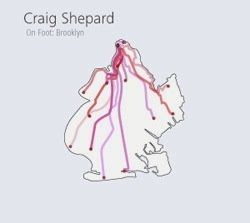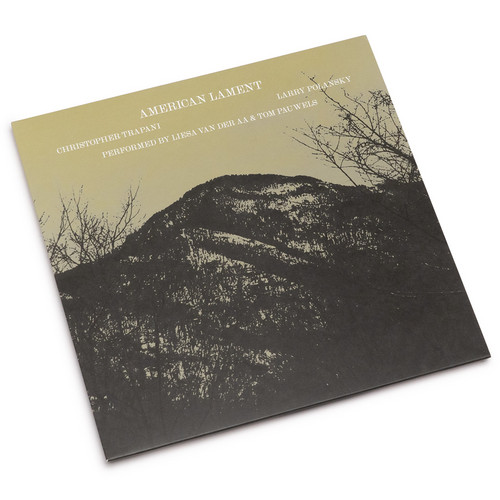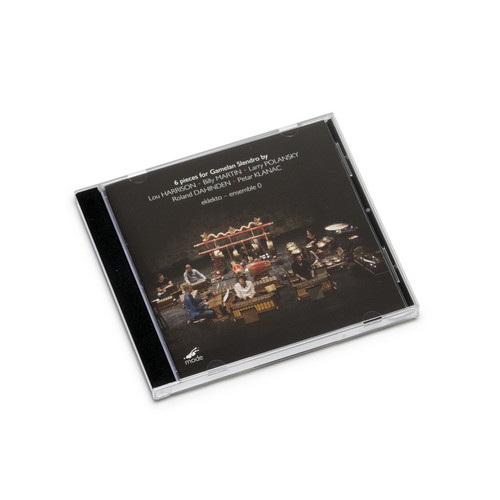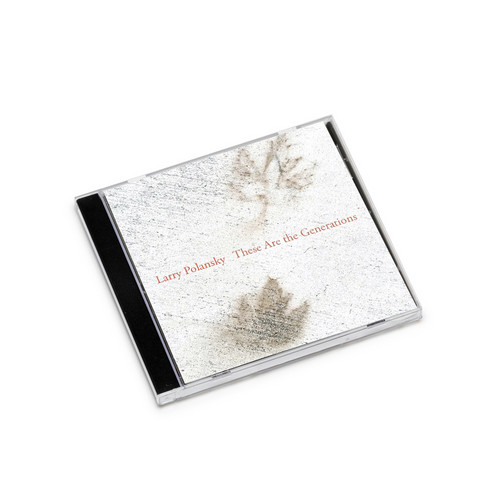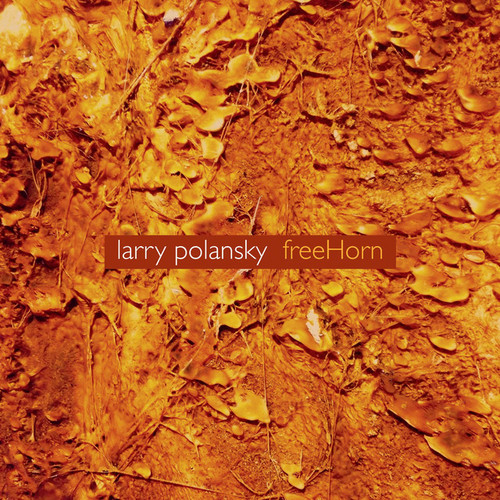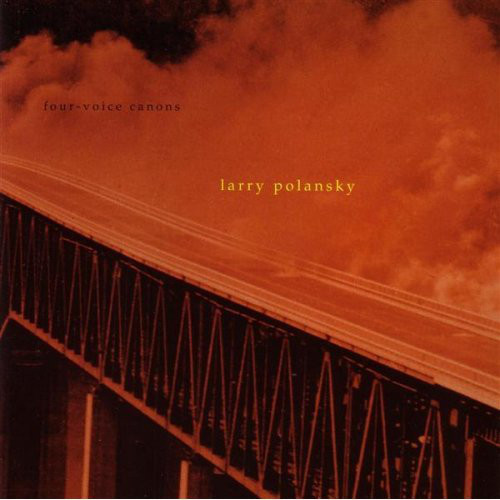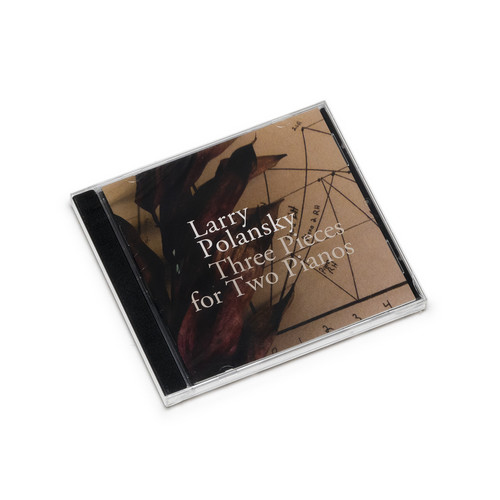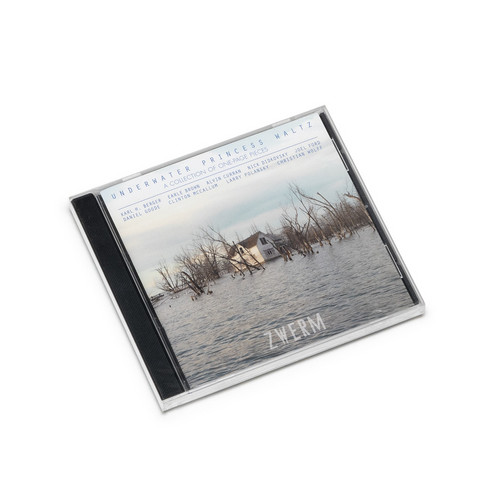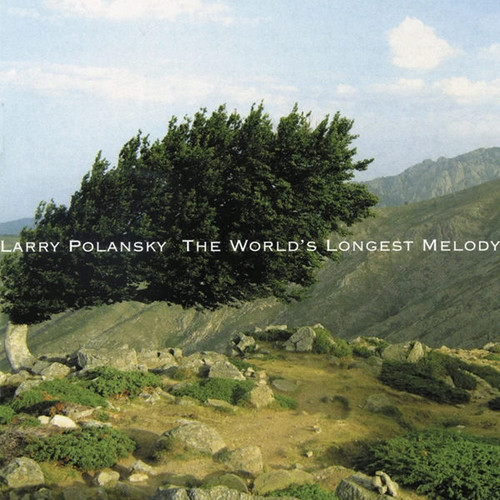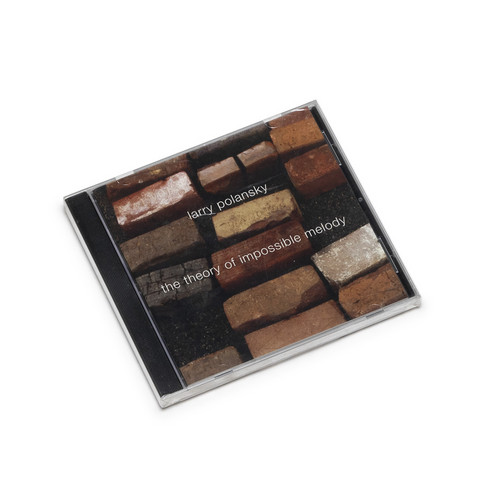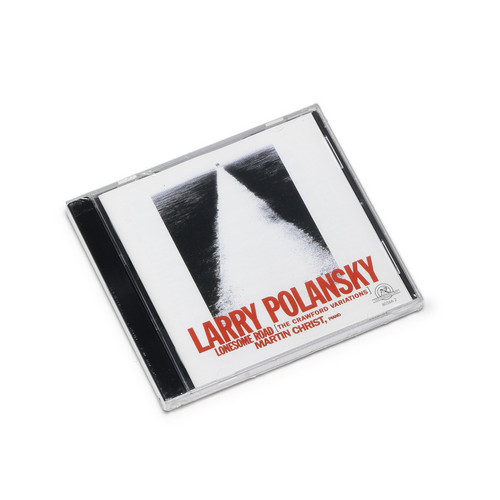Larry Polansky
Larry Polansky (b. 1954) is a composer, guitarist, mandolinist, and a professor at Dartmouth College. A member of the Frog Peak Music collective, he co-wrote HMSL (Hierarchical Music Specification Language) with Phil Burk and David Rosenboom. He has an album of mensuration canons, Four-Voice Canons, and he has also served as co-producer of Asmat Dream: New Music Indonesia, Vol. 1 with his wife, composer Jody Diamond. He is the brother of novelist Steven Polansky. His notable students include Jin Hi Kim.
Larry Polansky (b. 1954) is a composer, guitarist, mandolinist, and a professor at Dartmouth College. A member of the Frog Peak Music collective, he co-wrote HMSL (Hierarchical Music Specification Language) with Phil Burk and David Rosenboom. He has an album of mensuration canons, Four-Voice Canons, and he has also served as co-producer of Asmat Dream: New Music Indonesia, Vol. 1 with his wife, composer Jody Diamond. He is the brother of novelist Steven Polansky. His notable students include Jin Hi Kim.
On Foot: Brooklyn
2014 release **
"Shepard walks around, often traveling impressive distances, and composes music, generally playing on route. I had previously heard the excellent documentation of his perambulation through Switzerland in 2005, "On Foot", but in 2012, he chose to navigate far more dangerous territory, namely Brooklyn, doing so for thirteen weeks, penning a composition per week and organizing on-site performances of same by varied musicians which are heard here, usually along with the environmental…
American Lament
With Folksong Distortions, Pauwels and Van der Aacreate a journey of lament through the soul of times gone by. Their radical renditions of works by Larry Polansky and Christopher Trapani do not distort the more upbeat rhythm and tradition of folk songs, but rather reveal and highlight the essence of hard lives, imposed choices - choices that were illusions in the first place - and the difficult times and conditions they have always depicted.
Christopher Trapani arranged two classics from the U.S…
6 Pieces for Gamelan Slendro
For this recording project, the fearless French musical collective ensemble 0 (pronounced “zero”) began a new kind of collaboration with the Swiss percussion ensemble Eklekto and Gamelan Oksitan — this last the traditional Javanese ensemble of gongs and metallo- phones based in France. Their transcultural bridge has foundations that go back to Claude Debussy’s fascination with the radiant tones of gamelan music that he heard at the 1889 Paris Exposition. Yet neither Debussy nor many other sympat…
These Are the Generations
The title of this recording has multiple meanings for its composer, Larry Polansky (b 1954). These are the generations... is a translation of the Hebrew title for the second work on the program, Eleh Tol'd'ot, the first words of the thirty-fifth verse of the first book (B'rey'sheet) of the Torah. Beyond referencing Polansky's Jewish heritage, the phrase reflects this particular collection of works on several levels.
The compositions included stem from different generations of Polansky's musical …
freeHorn
The form of both freeHorn and ii-v-i consists of a continuous modulation between three different harmonic series. freeHorn weaves together the live interaction of acoustic instruments and computer software written by Larry Polansky and Phil Burk. ii-v-i, a reverberant cloud of moving intonation, gradually drifts from one natural harmonic series to another. Only open strings, 2nd, 3rd and 4th harmonics, and notes stopped at the 7th and 12th frets are used, and the guitars are audibly re-tuned fro…
Four Voice Canons
Over the past 25 years, Larry Polansky has been composing a series of fascinating mensuration canons (a formal concept dating back to the Renaissance) that run a sonic gamut from wildly boisterous (#6) to serenely introverted (#17, Guitar Canon). This disc brings together thirteen of these pieces (one of which is found here in three different realizations).In these canons, each successively entering voice moves proportionally faster than the previous one (i.e., each successive voice is to some d…
Three Pieces for Two Pianos
This album exemplifies the depth to which Larry Polansky (b. 1954) explores and connects different musical ideas: In Three Pieces for Two Pianos and Old Paint, mathematical models and algorithmic processes are used to set folk songs; in k-toods, simple text scores outline complex musical processes that Polansky has theorized extensively; and the Dismissions are culminations of lifelong musicological investigations. His unique compositional style is unified through diversity and a constant reexam…
Underwater Princess Waltz
Underwater Princess Waltz is a bold and imaginative project by the Belgian/Dutch electric guitar quartet Zwerm, featuring a vibrant collection of “one-page pieces” by leading figures in American experimental music: Karl Berger, Earle Brown, Alvin Curran, Nick Didkovsky, Joel Ford, Daniel Goode, Clinton McCallum, Larry Polansky, and Christian Wolff. The “one-page piece” is a unique compositional format-each work fits entirely on a single sheet of paper, whether in traditional notation, prose, gra…
The World's Longest Melody
The World’s Longest Melody is a collection of experimental music written for the guitar by composer/guitarist Larry Polansky (b 1954). The guitar has long been an important component in Polansky’s musical explorations, and this CD has grown from the enthusiasm for his work by the musicians of the Belgian electric guitar quartet ZWERM.
The acoustic and electric guitar are featured both solo and in small and large combinations; a few pieces not originally conceived for the instrument are also pre…
The theory of impossible melody
Larry Polansky (1954–2024) was a visionary American composer, guitarist, theorist, and educator whose work forged deep connections across mathematics, computer science, intonation theory, and experimental music. His compositions-performed here by collaborators including Jody Diamond (voice), Chris Mann (voice), Phil Burk and Larry Polansky (live computers, fretless electric guitars), and Robin Hayward (tubas)-embody a rare synthesis of rigorous theory and expressive musicality.
Polansky’s music …
Lonesome Road (The Crawford Variations)
Larry Polansky, though known primarily for his work in the field of computer music, has produced a major addition to the keyboard literature, this massive theme-and-variations on Ruth Crawford Seeger’s arrangement of the folk song "Lonesome Road." Inspired by his deep engagement with her music, Lonesome Road (1988-89) is a prime example of Polansky’s penchant for building large architectonic structures through complex transformational processes. The work is in three sections of seventeen variati…
